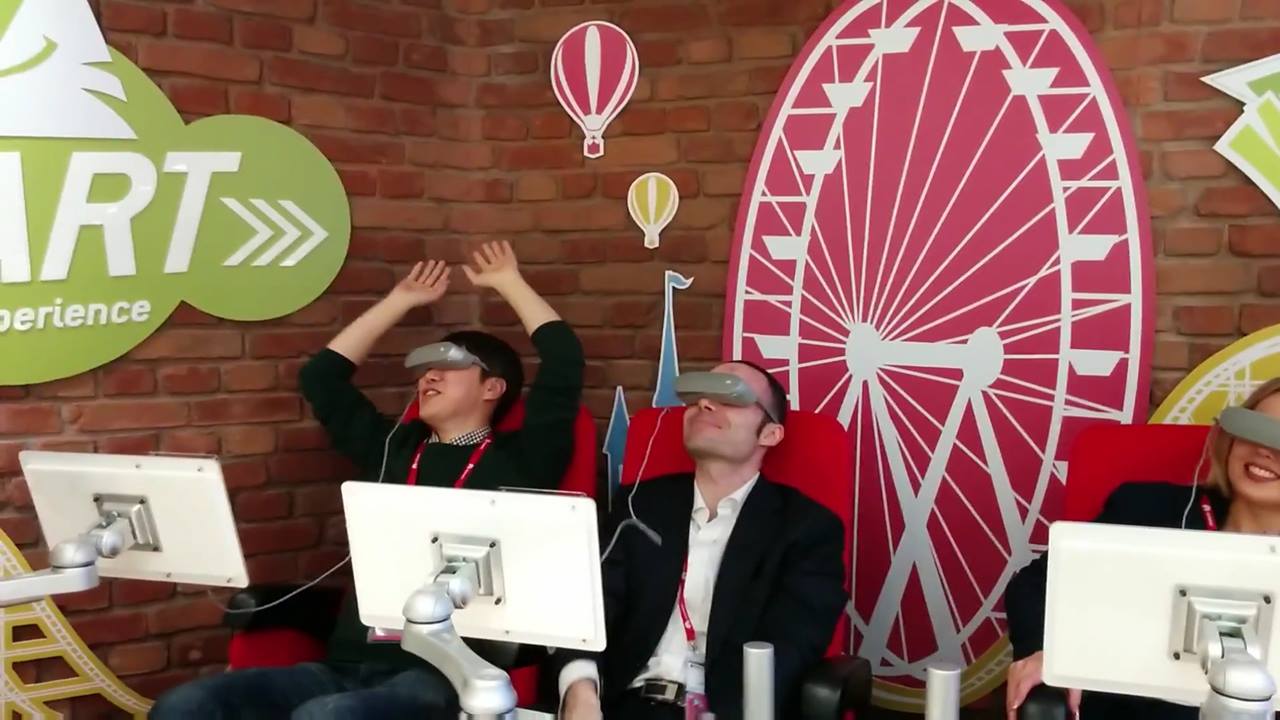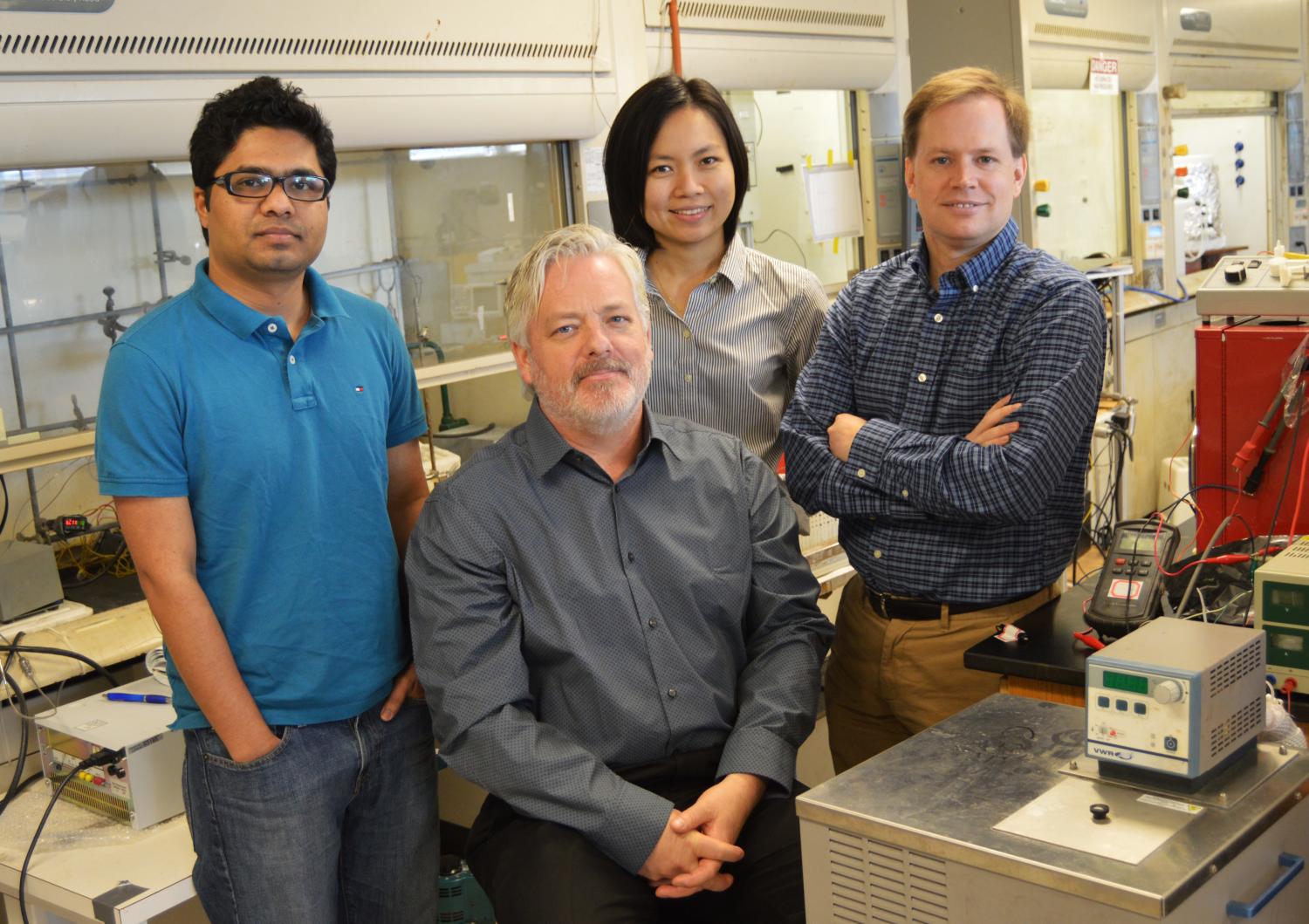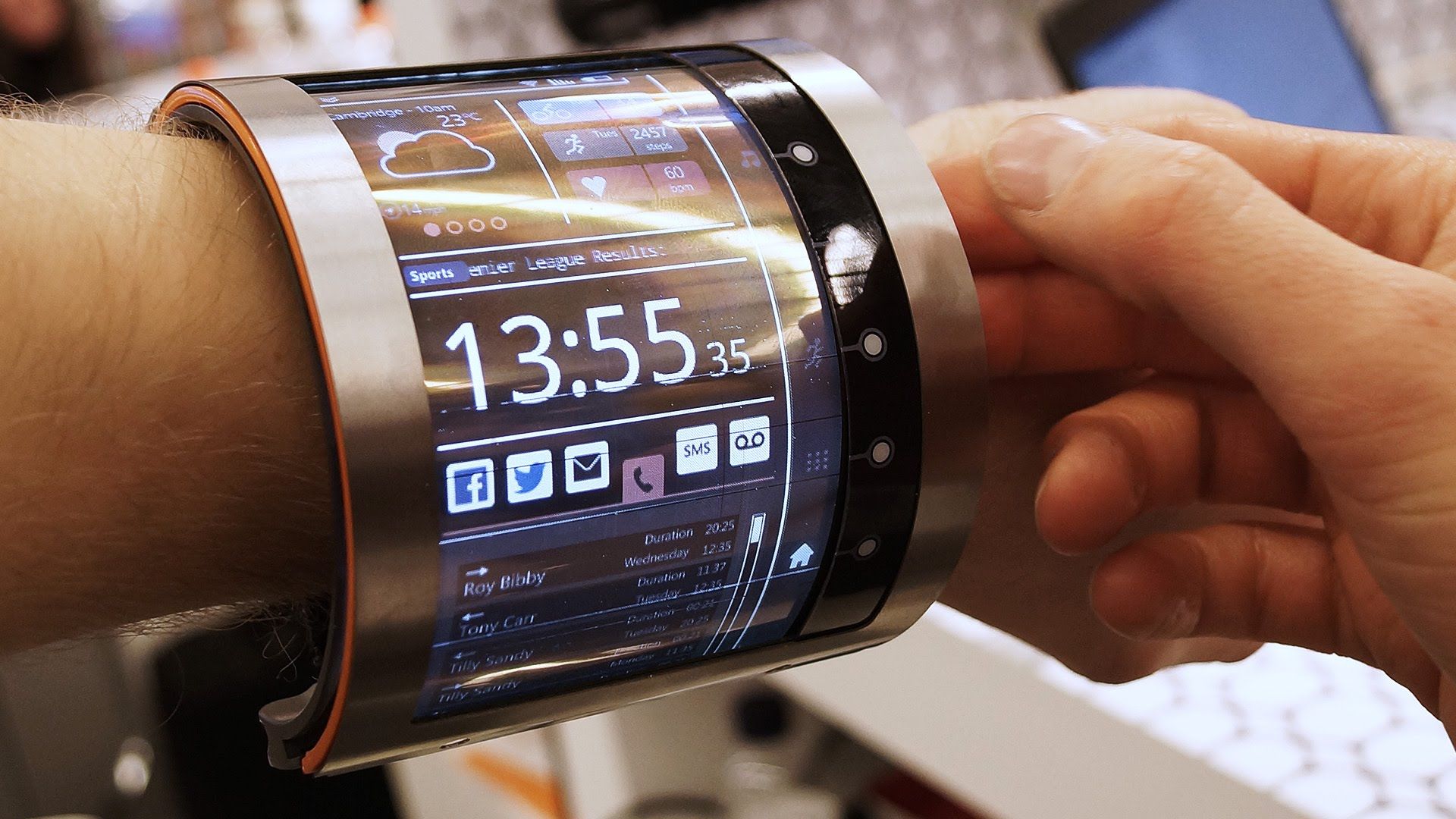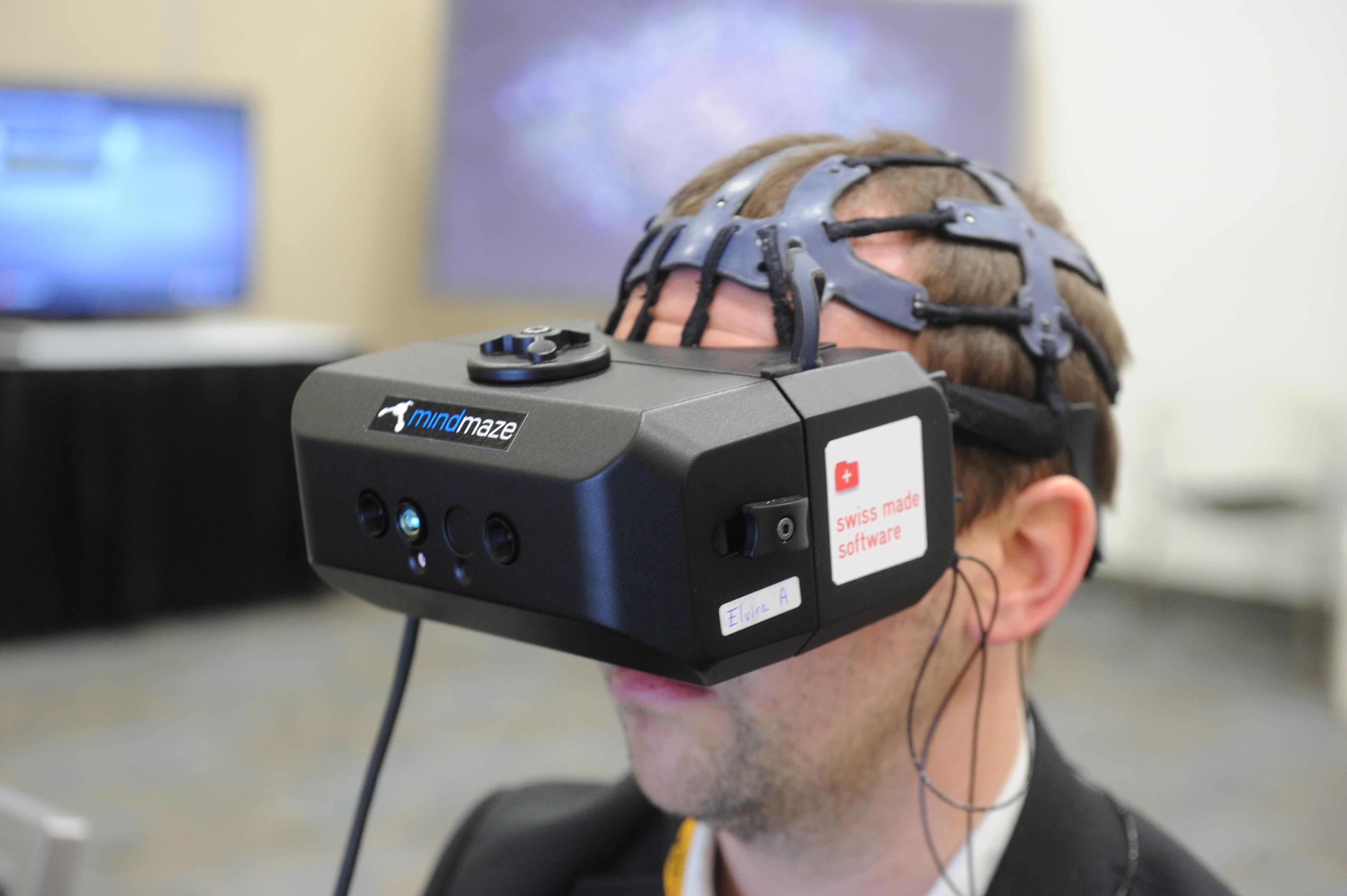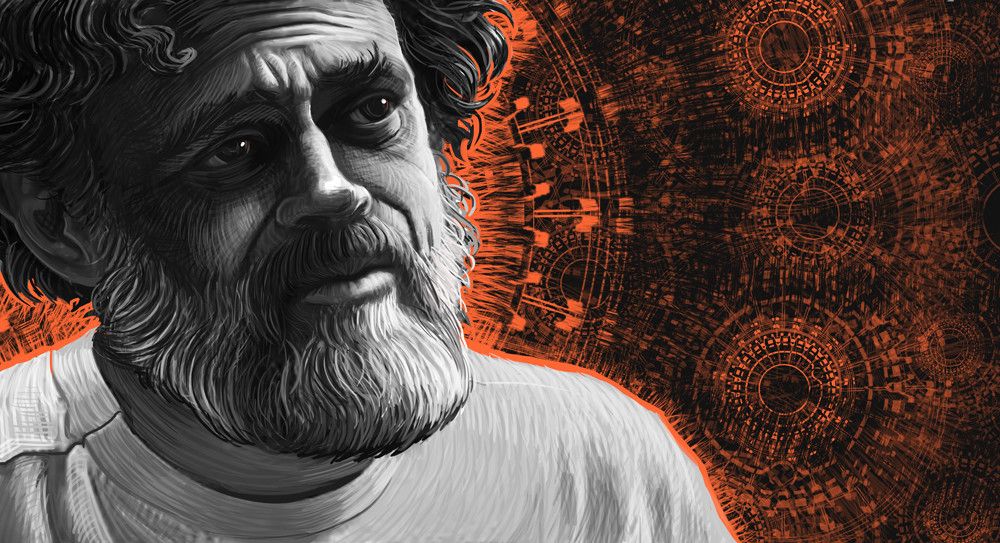Feb 23, 2016
Plans Being Devised for Human Outpost Near the Moon
Posted by Klaus Baldauf in categories: habitats, space
GOLDEN, Colo. — Researchers are mapping out how to build a human outpost in cislunar space — the region around Earth’s moon.
The ongoing work is expected to help plot out other deep-space trips, such as the journey to a near-Earth asteroid and the larger leap to distant Mars.
Under NASA’s Next Space Technologies for Exploration Partnerships (NextSTEP) Projects, scientists and engineers are examining how best to utilize NASA’s Orion deep-space crew capsule and future human habitats to set up a cislunar outpost. [Visions of Deep-Space Stations (Gallery)].

